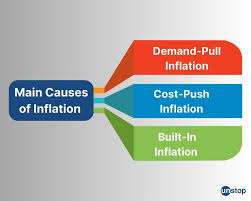The Relative Strength Index, or RSI, is a technical indicator that can help traders predict price behavior of a security, validate trends and reversals, identify overbought and oversold securities, and provide short-term traders with buy and sell signals. However, it does not have as much value for long-term, buy-and-hold investors, who are more interested in company fundamentals.
The RSI is a momentum indicator used in technical analysis. It measures the speed and extent of a security’s recent price changes to evaluate potentially overvalued or undervalued conditions in the security’s price. The RSI is displayed as an oscillator on a scale of zero to 100. An RSI reading of 70 or above indicates an overbought situation, while a reading of 30 or below signals an oversold condition.
The RSI can help provide entry and exit points on a trade as a security moves from oversold to overbought levels. However, it does not have as much value for long-term, buy-and-hold investors who prioritize a company’s fundamentals. For shorter-term investing and trading moves, the RSI is an indicator that can help evaluate the short-term direction of stock prices.
To understand how the RSI works, it is important to know that it compares a security’s strength on days when prices rise versus days when prices fall. Relating the result of this comparison to price action can indicate how a security may perform going forward. The RSI works best in trading ranges rather than trending markets.
While the RSI’s impact on investments varies based on factors like market conditions and individual trading strategies, it can be a useful tool for technical traders seeking short-term opportunities based on momentum indicators.
The RSI is calculated using a two-part formula. The first step is:
[ RSI_{\text{step one}} = 100 – \left[ \frac{100}{1 + \frac{\text{Average gain}}{\text{Average loss}}} \right] ]
The average gain or loss used in this calculation is the average percentage gain or loss over a defined look-back period. The formula uses a positive value for the average loss. Periods with price declines are counted as zero in calculating the average gain, while periods with price increases are excluded when figuring the average loss.


















